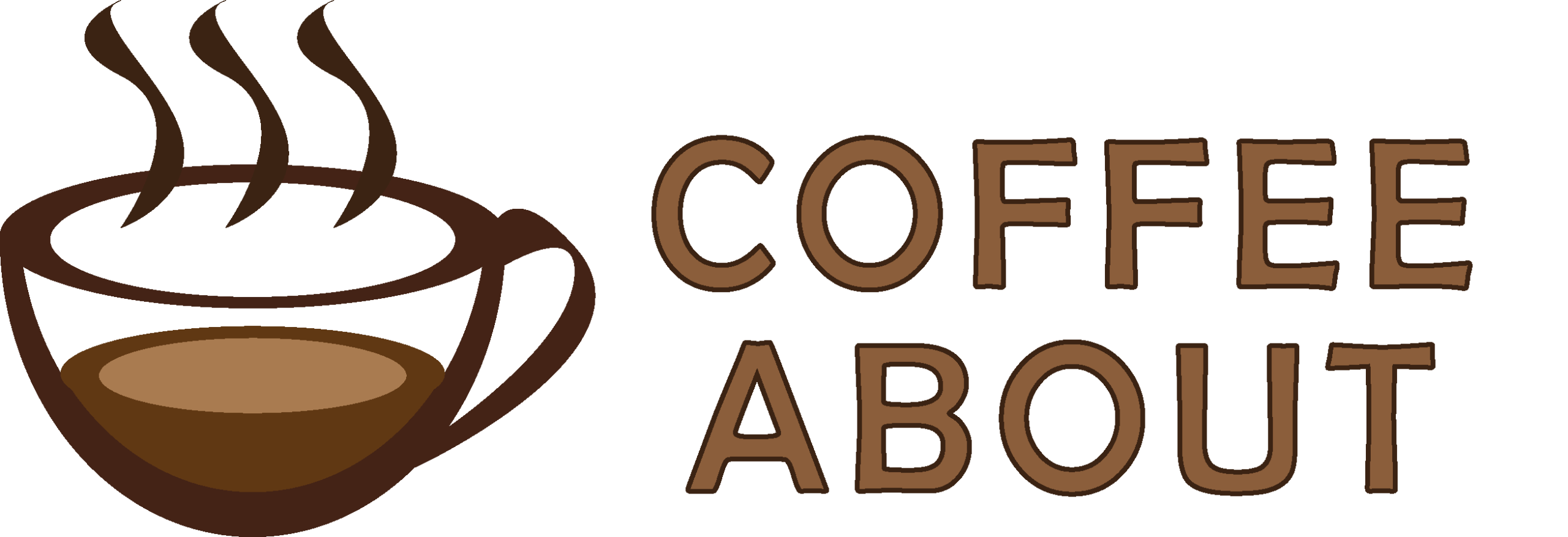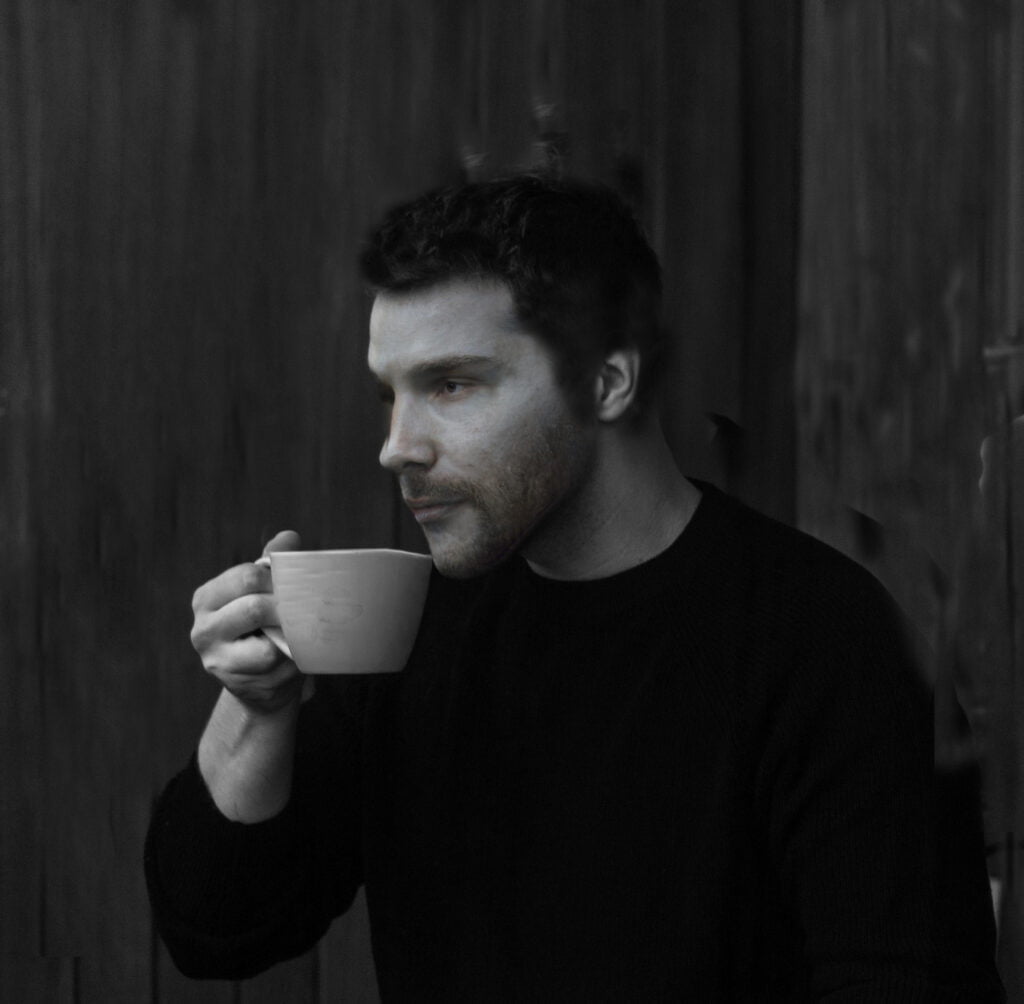Espresso is all about pressure!
The high-pressure brewing process is what gives espresso its concentrated flavor, full-bodied texture, and a thick layer of Crema on the top.
The question is, How many bars of Espresso is ideal?
Most Espresso machines typically work at around 9 – 10 bars of Pressure and it’s actually the sweet spot pressure for brewing a perfect shot of Espresso in 25-30 seconds.
In this article, I’ll explore the impact of pressure on espresso flavor and share testing on the best pressure for espresso extraction.

The Tradition of 9 bars Pressure in Espresso
Most espresso machines today have a pump that generates constant water pressure in the range of 8-10 bars during extraction.
This tradition can be traced back to the first spring piston lever machines in post-WWII Italy that produced around 9 bars when fully depressed.
While many modern machines can adjust pressure, 9 bars remain the go-to espresso benchmark.
At nine bars, the pressure creates a shot with a creamy mouthfeel, balanced flavor, and a robust Crema.
Read about the history of Coffee machines
How does pressure impact Espresso Extraction?
Pressure plays a pivotal role in espresso extraction. As we increase the pressure, the rate and speed of espresso extraction generally rise. However, this trend holds true only up to the magical 9 bars.
Beyond this point, things take an interesting twist as the speed of Espresso pouring starts decreasing. The main culprit here is the resistance, which intensifies with higher pressure, creating a bit of an espresso traffic jam.
6 Bar vs 9 bar VS 15 bar Espresso
I have conducted experiments to uncover the effects of different pressures on espresso. I brewed shots at 6 bars, 9 bars, and 15 bars, with the same coffee grounds. The experiment measured extraction time, flow rate, and, of course, taste.
I used 16 grams of coffee and 32 grams out and here are the results:

6 bars Espresso
At 6 bars, the results were a bit uninspiring: the espresso tastes watery, leaning towards sour, with a thinner body. The crema was less impressive, but the flow rate remained consistently steady.
9 bars Espresso
9 bars provided a harmonious middle ground of flavor, texture, and body across the whole shot. The flavors were more complex and well-balanced, and there was a satisfyingly thick crema to top it off. It aligns with my expectations.
15 bars Espresso
Interestingly, when I maintained the pressure at 15 bars, the espresso took a slightly bitter turn, yet it wasn’t all bad. The crema still impressed, but the flow rate was very inconsistent indicating the espresso channeling through the puck.
Notably, sticking with the tried-and-true 9 bars seemed to strike the perfect balance, resulting in an espresso that’s both delightful and consistent. For a perfect shot of Espresso, it appears that 9 bars is the magic number!
According to an experimental study by Seven Miles coffee roasters
For the home or pro barista, our suggestion is this: if your roaster recommends a specific brewing pressure for their coffee, then go for it – otherwise your best bet is probably 9 bars.
seven miles
| Features | 9 Bar Espresso | 15 Bar Espresso |
| Crema | A perfect Crema layer | Thicker and more velvety crema |
| Machine Wear and Tear | Less wear and tear on the machine | More wear and tear on the machine |
| Cost | Less expensive machines | More expensive machines |
| Extraction Time | Shorter extraction time | Longer extraction time |
| Flavor | More balanced and complex flavor | Nice flavors with prominent bitterness |
| Pressure Consistency | It can be more consistent and easier to achieve | Higher pressure can require more precision to maintain consistency |
| Bean freshness | Maybe more forgiving of older beans | Higher pressure can bring out undesirable flavors in older beans |
| Espresso Shot Size | Shots may be larger in volume and lighter in color | Shots may be smaller in volume and darker in color |
Read a detailed guide on different types of Espresso machines
How to Adjust the Pressure in Espresso Machines?
Adjusting espresso machine pressure can be tricky, and it depends on the type of machine you have.
Most affordable home espresso machines have vibratory pumps, which produce a fixed pressure of 9 bars and there is little room for adjustment on these machines.
On the other hand, pricier and commercial espresso machines typically have rotary pumps.
For machines equipped with rotary pumps, adjusting pressure is relatively straightforward. Find the pressure adjustment screw and fine-tune it while monitoring the dial’s pressure reading. This will allow you to adjust the pressure according to your will.
On machines with vibrating pumps, pressure adjustment is typically not straightforward and might require some DIY intervention.
As an Amazon Associate, I earn commission from qualifying purchases.
Pressure profiling and lever Espresso machines
In modern espresso machines, an electric pump forces water through the coffee grounds at a set pressure. In contrast, older lever machines relied on the biceps of the barista and a lever to create pressure.
Lever machines are a basic example of what baristas call “pressure profiling.”This term refers to the art of manipulating the water pressure during the shot.
Unlike electric pumps that maintain constant pressure, lever machines start high and gradually decrease pressure as the shot progresses.
This pressure control allows for perfect “pre-infusion“, and you can adjust the body and crema, and dial in the perfect shot that suits your taste buds.
However, this doesn’t mean you should switch to manual lever espresso machines, as they require a lot of practice to use and may not be worth the effort for home espresso lovers who just want to enjoy a delicious cup of coffee without having to spend a lot of time tinkering with their equipment.

final Thoughts
Our journey through different bars of pressure has shown us that while experimentation is exciting, the classic 9-bar sweet spot remains a trusted friend.
Unless your coffee roaster whispers other pressures in your ear, sticking with 9 bars is a great place to start.
Drop a comment and let us know your pressure preference – the coffee community thrives on shared experiences!
FAQs
Is 19 Bar Pressure Good For Espresso?
A pressure of 19 bars is higher than what is typically required for extracting espresso. The recommended pressure for espresso is between 8 and 10 bars.
Ultimately, the quality of espresso depends on a combination of factors including the coffee beans, equipment, and barista skill. While a pressure of 19 bars can be impressive, it is not necessarily a guarantee of high-quality espresso.
How Much Pressure Does Moka Pot Make?
Moka pots use a significantly lower pressure (1-2 bars) than conventional espresso machines (9 bars). This results in a slower extraction rate, which makes the taste and texture of Moka Pot completely different from Espresso.
Check out: Does a Moka pot make Espresso



